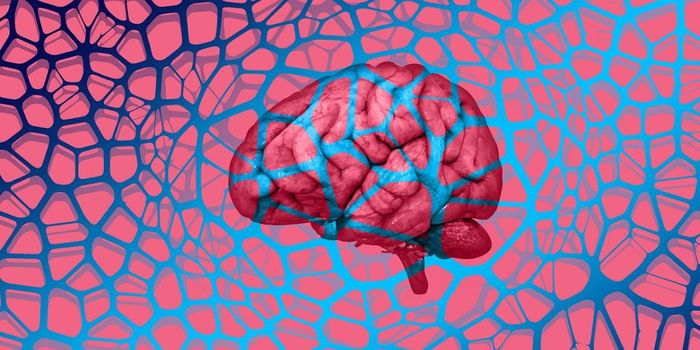Germs Lurking in Recreational Water and How to Avoid Them
The National Institute of Health published its tips for water safety in the NIH News in Health June issue. This month’s topic: How to guard against germs when swimming.
Stomach and intestinal upset, skin rashes, ear or eye pain, cough or congestion. These things aren’t unheard of after swimming, especially gastrointestinal upset after water ingestion. Pathogens linked to these symptoms are Cryptosporidium (Crypto), Giardia intestinalis, and E. coli. What’s a common source for these pathogens? Feces from humans and animals that somehow make it into the water.
Even chlorine-treated pools don’t kill 100% of these germs immediately—the parasite Crypto can linger for days in pools thanks to its hardy outer shell that makes it difficult to kill. In the U.S., Crypto is the leading cause of waterborne disease. Most commonly, infection with Crypto causes watery diarrhea that appears an average of 7 days after exposure.
Symptoms of Giardia, another parasite, usually begin 1 to 2 weeks after exposure. Typical symptoms are diarrhea, but itchy skin, hives, and eye and joint swelling can also occur. In some people, it’s also associated with long-term complications, like reactive arthritis and irritable bowel syndrome for years after infection.
The bacteria Escherichia coli (E. coli) and enterococcus live in the gut of humans and animals. High levels of these bacteria in swimming water indicate a high level of feces in the water.
Vibrio, another type of bacteria, is among the scariest of water germs. People can be infected with Vibrio after eating raw or undercooked seafood, especially oysters. Vibrio from contaminated food causes watery diarrhea, fever, and chills, with symptoms starting usually one day after infection.
A Vibrio species, Vibrio vulnificus, can cause life-threatening infections when it enters the skin through an open wound in seawater. It can cause necrotizing fasciitis, a condition where the bacteria eat away at the flesh, resulting in limb amputation in many cases and death in about 1 in 5 cases. Death can occur shortly after symptoms start.
In very rare instances, people can contract the amoeba Naegleria fowleri. It can live in hot, non-chlorinated water, like rivers and streams in hotter climates, and causes primary amoebic meningoencephalitis if water contaminated with it shoots up into the nose. Primary amoebic meningoencephalitis is almost always fatal, but fortunately, there have been only 151 known cases in the U.S. since the 1960s. Symptoms are similar to bacterial meningitis and occur once the amoeba enters the brain from the olfactory nerve in the nose. Death usually occurs around 5 days after symptoms start.
To reduce waterborne illness from swimming water, the NIH recommends trying to prevent swallowing water as much as possible, showering before and after swimming, never going to the restroom in the water, washing your hands after exposure to recreational waters, covering wounds with waterproof bandages, avoiding swimming in water that looks murky, stinks, or has algae, and staying out of the ocean for at least 24 hours after a storm. The EPA website also has information and local alerts on U.S. beach water.
Sources: NIH, CDC Crypto, CDC Giardia, CDC E. coli, CDC Vibrio, CDC N. fowleri








